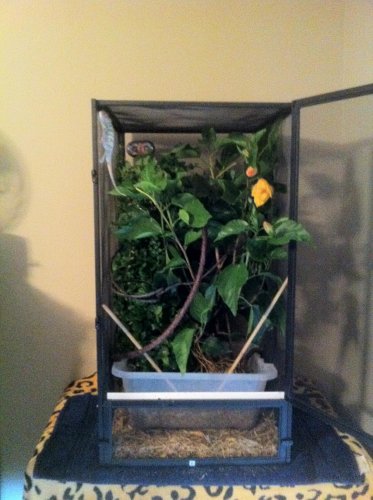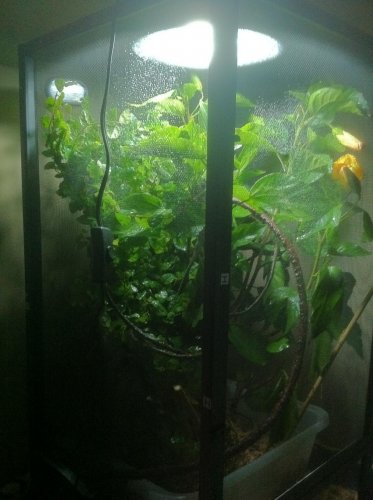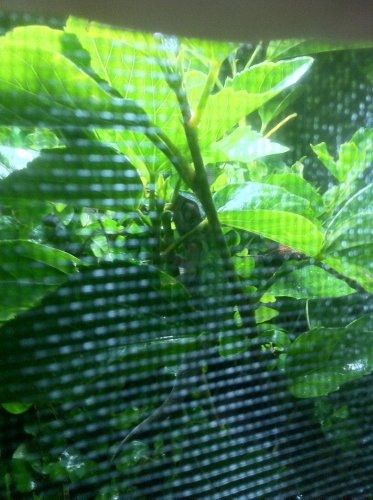twatts704
New Member
Hello all I am new to the forums so if I am posting this in the wrong section then I apologize.
My name is Ted and I live in houston,tx. I have recently bought a 6 month old panther chameleon and am looking for any helpful tips and advice on taking care of him. I am also interested in breeding these guys and actually am heading to Repticon in Pasadena tomorrow to look for a female. I know quite a bit more about breeding than I do the actual setups and environments both will need to do so but I wanted to get some advice on maybe conditions the cages should be in to help the process of mating.
I am under the assumption that the female needs to be at least a year or big enough to be able to lay eggs (so they don't get lodged) and be sexually mature and the male about the same age as well. However, I have heard a lot of misconception on what cages are better for Panthers. I have heard that tall glass aquariums are fine for them but at the same time I have heard that they don't give enough ventilation. I am afraid if I put him and her in a tall screen cage (separate of course) then It would not be prime for breeding?
Any advice on cage types I should lean towards for better lively hood for the both, plants (prefer fake), lighting, misting system, and even breeding tips would be greatly appreciated.
- Ted
My name is Ted and I live in houston,tx. I have recently bought a 6 month old panther chameleon and am looking for any helpful tips and advice on taking care of him. I am also interested in breeding these guys and actually am heading to Repticon in Pasadena tomorrow to look for a female. I know quite a bit more about breeding than I do the actual setups and environments both will need to do so but I wanted to get some advice on maybe conditions the cages should be in to help the process of mating.
I am under the assumption that the female needs to be at least a year or big enough to be able to lay eggs (so they don't get lodged) and be sexually mature and the male about the same age as well. However, I have heard a lot of misconception on what cages are better for Panthers. I have heard that tall glass aquariums are fine for them but at the same time I have heard that they don't give enough ventilation. I am afraid if I put him and her in a tall screen cage (separate of course) then It would not be prime for breeding?
Any advice on cage types I should lean towards for better lively hood for the both, plants (prefer fake), lighting, misting system, and even breeding tips would be greatly appreciated.
- Ted







